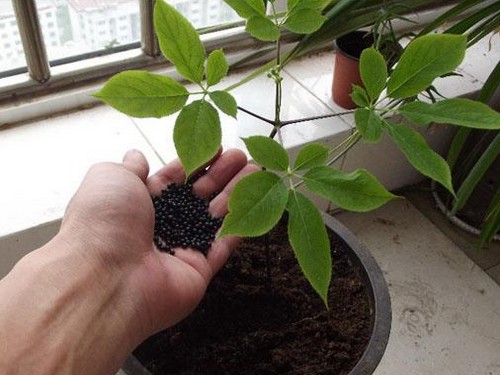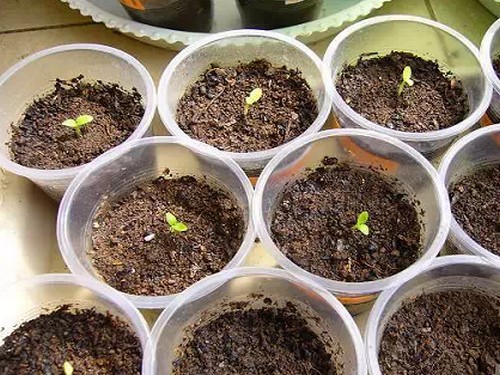Management methods of potted Flower Seeds after sowing
Spring is suitable for sowing flowers more, such as sunflower, peacock chrysanthemum, marigold, balsam, petunia, sunflower, cockscomb, pink, sunflower, cosmos, marigold, zinnia, medal chrysanthemum, melon, summer chrysanthemum, small lily, tricolor convolvulus, periwinkle, pink, African balsam and so on.
After sowing the seeds, how should we manage them? Let's take a look at the management methods of potted flower seeds after sowing:
1. Temperature
Most seeds germinate at temperatures between 20 and 25 ° C, depending on the requirements of the particular variety. Too high or too low temperature will directly affect the germination rate of seeds.
2. Humidity
Water management after sowing is critical. When the soil temperature is low at night in winter, the water loss is less, so there is no need to replenish water or less in the seedling stage; if the soil temperature is higher, spray water according to actual needs in the seedling stage. Summer seedling, water evaporation is particularly fast, must be based on the actual situation at any time to supplement water. If the seeds are very thin, in order to avoid washing, you can use the method of soaking pot water.
3. Light
Most seeds germinate well under light conditions, except for a few varieties such as cyclamen, which require darkness for germination. The seeds must be exposed to light after germination, otherwise the seedlings will grow excessively.
4. Remove the cover
After the seeds germinate, the mulch should be removed in time. 60%-70% of seeds should be removed after cotyledon development to avoid excessive seedling growth. At the same time, the humidity of the substrate should still be maintained, so that the cotyledons of the ungerminated seeds can successfully protrude from the seed shell.
5. Transplantation
When seedlings grow to be suitable for transplantation, they should be planted or planted in time, otherwise it is easy to cause excessive seedling growth and production delay. The time for transplanting various seedlings varies and needs to be determined according to actual conditions.
Time: 2019-06-12 Click:
- Prev

Sowing method of potted flowers
Environmental protection is a virtue. However, if you can combine some eco-friendly gadgets with your potted plant perfectly, it will be the icing on the cake. After preparing flowerpots, soil, small shovels and seeds, we can plant by ourselves and contribute to the protection of the earth's environment.
- Next

Sowing methods and matters needing attention of potted geranium
Geranium seeds cost 15 yuan for 10, but geraniums are definitely a great choice for rookies to practice! Rapid germination, rapid growth, shade and drought tolerance, super strong, just like weeds. A pot of geraniums is not cheap in the market, and the seedlings are also very expensive. if there is no gold, then use labor to exchange it. Buy your own seeds.
Related
- Fuxing push coffee new agricultural production and marketing class: lack of small-scale processing plants
- Jujube rice field leisure farm deep ploughing Yilan for five years to create a space for organic food and play
- Nongyu Farm-A trial of organic papaya for brave women with advanced technology
- Four points for attention in the prevention and control of diseases and insect pests of edible fungi
- How to add nutrient solution to Edible Fungi
- Is there any good way to control edible fungus mites?
- Open Inoculation Technology of Edible Fungi
- Is there any clever way to use fertilizer for edible fungus in winter?
- What agents are used to kill the pathogens of edible fungi in the mushroom shed?
- Rapid drying of Edible Fungi

